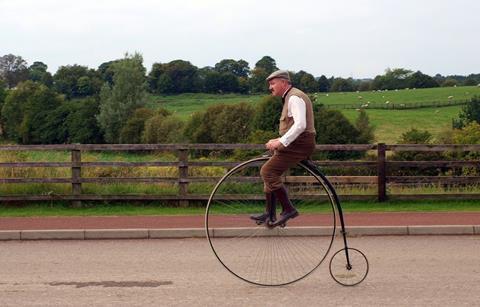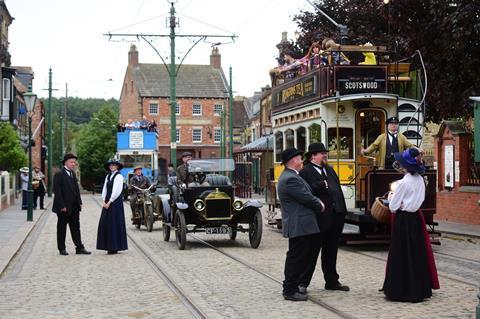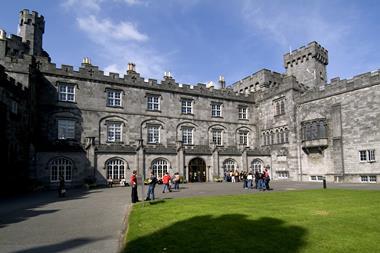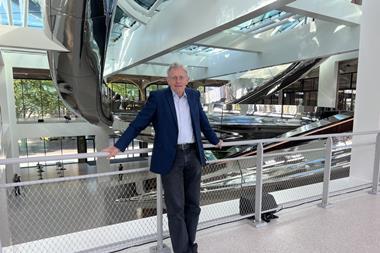We hear from Ian Bean, an engager at Beamish, the Living Museum of the North, about how his role has changed over nearly 40 years of working at the heritage venue.

Tell us a little bit about your role
I have been an engager at Beamish since April 2019 and town supervisor for the last year, but have worked in some capcity at the museum since I was 20. Engagers are on the front line at Beamish, having direct contact with our customers. This role is crucial to the success of the museum and to the enjoyment and education of our visitors. They carry out traditional activities in a manner faithful to the time period of their area and are also responsible for day to day cleaning and care of the Beamish collections on display.
Why is Beamish such a special place to visit?
It is special because it is ordinary! Beamish portrays the lives of ordinary working people and their stories are often forgotten despite the fact that our world was built on their labour. Beamish shows these lives in a unique and engaging way, allowing its visitors to step back in to the world of their parents, grandparents or great, great, great grandparents.
“I can’t really say why Beamish is so special to me, but from my first visit as a five-year-old, there was something about the Beamish collections and what they represent that really struck a chord.”
It offers the tastes, smells, sounds and experiences of times past whilst preserving the objects and skills from our collective history. To our younger visitors, we offer history in an exciting and engaging way, encouraging them to take part in craft activities, demonstrations such as Suffragette re-enactments designed to make them thing about historic events on their own and from different perspectives.
As part of your role you ride a penny-farthing at the museum, how long does it take to master this?
You can learn to ride a penny farthing in an afternoon! To be able to get on, and off, safely in an elegant way, takes much longer – probably weeks of practise. To be confident riding in busy areas such as Beamish Museum with tramlines, cobbles and hundreds of people about takes months. They are bicycles which need to be respected at all times!

What’s the best thing about your role?
Talking with people. It is an absolute honour to be allowed to take part in the leisure time of our visitors and hopefully make it more enjoyable. Beamish has an extremely varied visitor base and to be able to access their extended knowledge and experience is truly wonderful.
What’s the oldest thing on display at the museum?
To give a slightly tongue in cheek answer - I would have to say coal (300 million years)! On a more serious note some parts of the Old House at Pockerley date back to the 1440s and St Helen’s church, rebuilt at Beamish from Eston, contains stones which date back to the 12th century.
“Beamish offers the tastes, smells, sounds and experiences of times past whilst preserving the objects and skills from our collective history.”
Why have you dedicated so much time to working at Beamish?
Because I enjoy it! I can’t really say why Beamish is so special to me, but from my first visit as a five-year-old, there was something about the Beamish collections and what they represent that really struck a chord. I was lucky to get to know Dr Frank Atkinson, founder and first director of Beamish, very well and to find that I shared an interest with such a gifted and talented man came as a welcome surprise.
The staff and volunteers that work here are a great bunch of people and I think of them as a much extended family. Beamish is a museum for everyone, reflecting the highs and lows of everyday life and as a result it remains relevant in today’s world.
Groups of 15 or more can save money on tickets to Beamish, the Living Museum of the North. More information is available at www.beamish.org.uk












